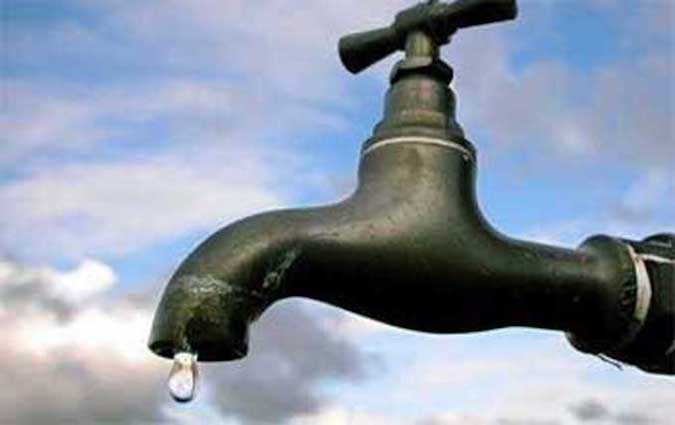The water scarcity crisis in the country has worsened in recent years, which has led to a decline in drinking water production. The Ministry of Agriculture recently asked farmers not to plant some products that consume large amounts of water due to the lack of sufficient quantities of irrigation water in the dams.
The Regional Commissariat for Agricultural Development in Nabeul asked farmers to avoid planting strawberries and not to incur heavy losses due to the declining stock in dams, which currently accommodate 775 million cubic meters, compared to 1 billion and 26 million cubic meters during the same period last year.
Experts confirm that Tunisia is currently living below the water poverty line due to the decrease in precipitation by 28% during the last two decades, in addition to the early warnings of the danger of drought issued by the World Bank since 2009, in a report that foresaw the country’s entry into a water poverty crisis during the next five years.
This study attributes the current crisis to the country’s dependence on surface water, that is, river and rain water, which is concentrated only in limited areas in the north and west of the country to provide three-quarters of its water needs . This strategy has proven to be a failure with the fluctuation of annual rainfall and the depletion of non-renewable groundwater reserves in southern Tunisia.
These fears are reinforced by frequent cuts in drinking water, which are no longer confined to the interior and in the south of the country, but to the greater Tunis region due to the great pressure on the drinking water network, especially in the summer. This shortage was manifested in the frequent water cuts in some areas and the complete suspension of drinking water networks for the National Company for the Exploitation and Distribution of Water in some regions. In addition to a number of other factors, including climatic changes that affected the water of surface and ground resources, a decrease in rainfall at an annual rate ranging between 15 to 30 percent, and the possibility of a decline of “blue” surface water by 20 to 40 percent annually.
Impact on the Agricultural Sector
Within this context, a member of the Executive Office of the Tunisian Union of Agriculture and Fisheries, Hamadi Boubakri, said that the sector most affected by water scarcity and the decline in water resources is the agriculture sector. He stressed that the water situation is very difficult and catastrophic, and there is a failure to preserve water resources, which is highlighted by the figures of the Ministry of Agriculture: the rate of water loss is in the range of 50% in light of the climatic changes that the country is experiencing and the unprecedented rise in temperatures this summer.
Adapted from the Tunisian Assahafa Newspaper











